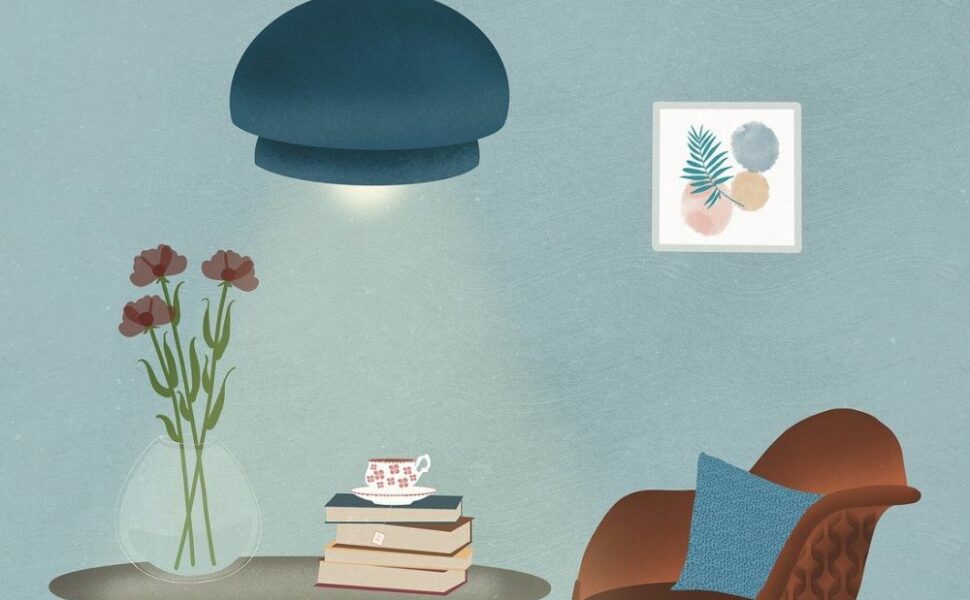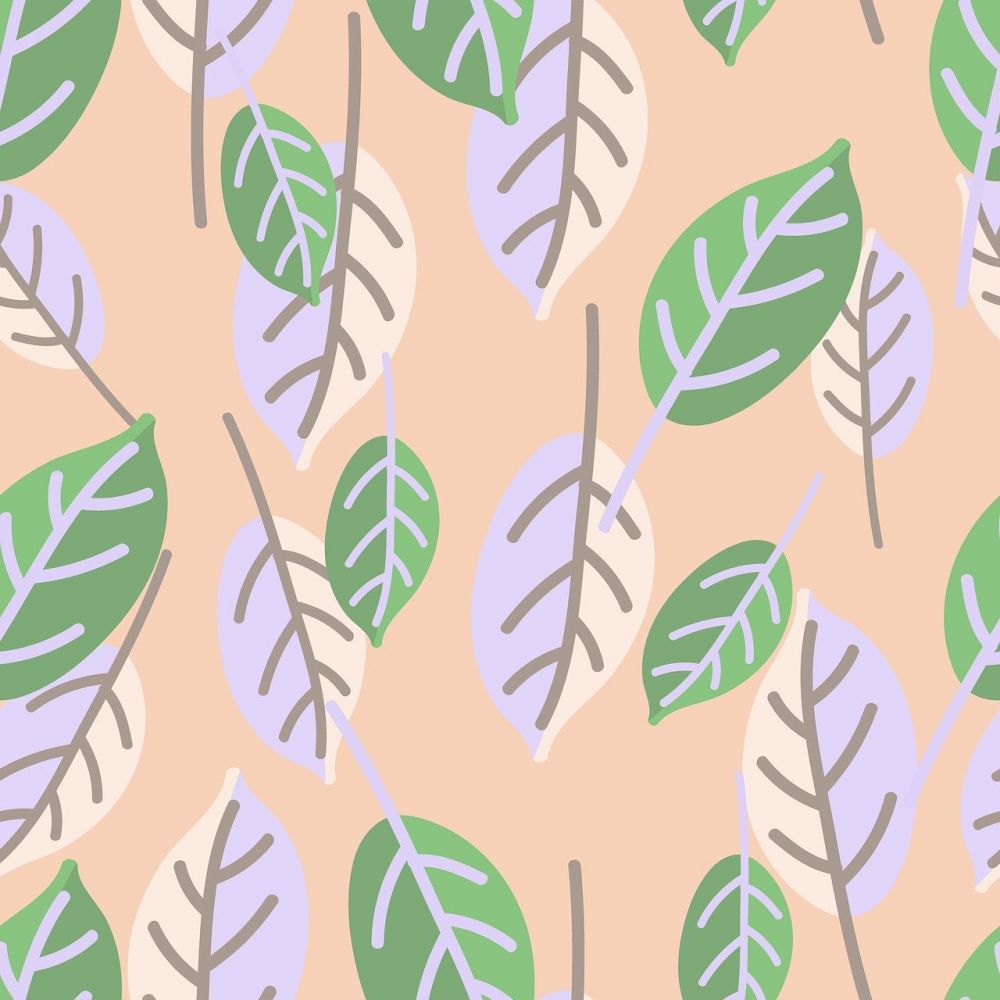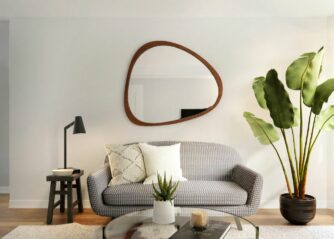Scandinavian Design: A Comprehensive Overview

Introduction: What is Scandinavian Design?
Scandinavian design is a design movement that originated in the early 20th century in the Nordic countries of Denmark, Sweden, Norway, Finland, and Iceland. It is characterized by simplicity, functionality, minimalism, and an emphasis on clean lines and natural materials. This design philosophy emerged as a response to the industrial revolution, aiming to create harmonious and functional living spaces.
Overview of Scandinavian Design

Scandinavian design encompasses various types, including furniture, architecture, textiles, and industrial design. The focus is on creating functional yet aesthetically pleasing products that enhance the quality of everyday life.
Furniture: Scandinavian furniture exhibits clean lines, organic shapes, and functionality. Iconic pieces like the Egg Chair by Arne Jacobsen and the Wishbone Chair by Hans J. Wegner have become synonymous with Scandinavian design.
Architecture: Scandinavian architecture is characterized by simplicity, minimalism, and a blend of functionality with natural elements. Designs often incorporate ample natural light, open floor plans, and sustainable materials. The iconic Sydney Opera House by Danish architect Jørn Utzon showcases these principles.
Textiles: Scandinavian textiles are renowned for their simplicity, high quality, and timeless designs. Brands such as Marimekko from Finland and Svenskt Tenn from Sweden create patterns that celebrate nature, often featuring bold colors and geometric shapes.
Industrial Design: Scandinavian countries have a rich history in industrial design, with companies like IKEA leading the way. Products that combine functionality with affordability are a hallmark of Scandinavian industrial design.
Popularity of Scandinavian Design
Scandinavian design has gained global popularity due to its timeless appeal and ability to seamlessly blend with various interior styles. Its emphasis on minimalism and functionality aligns with the needs of modern-day consumers who seek simplicity and practicality in their living spaces. Scandinavian design is especially popular among millennials who appreciate its clean aesthetic and sustainable focus.
Quantitative Measurements of Scandinavian Design
Quantitatively assessing the impact of Scandinavian design is challenging due to its wide-ranging influence. However, we can look at market trends and customer preferences to understand its endurance and popularity. According to a survey conducted by a leading interior design magazine, 65% of consumers stated that they preferred Scandinavian design for its simplicity and functionality.
Differences within Scandinavian Design
While Scandinavian design shares common principles, there are subtle differences between the countries. Danish design tends to favor organic and playful shapes, Swedish design often incorporates traditional elements with a modern twist, and Finnish design leans towards simplicity and minimalism. These divergences within Scandinavian design allow for unique expressions of creativity and cater to individual tastes.
Historical Analysis of Advantages and Disadvantages of Scandinavian Design
Advantages:
– Simplicity: Scandinavian design’s simplicity enhances functionality and creates a serene and clutter-free environment.
– Timelessness: The minimalist aesthetic of Scandinavian design allows it to withstand changing trends, making it a long-lasting choice.
– Sustainability: The focus on natural materials and durability aligns with sustainable practices, reducing environmental impact.
– Versatility: Scandinavian design seamlessly integrates into various interior styles, making it adaptable for different preferences.
Disadvantages:
– Cost: Authentic Scandinavian design pieces can be expensive due to high-quality materials and craftsmanship.
– Limited Color Palette: Scandinavian design often features a muted color palette, which may not appeal to those who prefer vibrant colors.
– Sterile Atmosphere: Some critics argue that the minimalist approach can create a sterile and cold atmosphere, lacking warmth and personal touch.
In conclusion, Scandinavian design is a design movement characterized by simplicity, functionality, and minimalism. It encompasses various types of design, including furniture, architecture, textiles, and industrial design. The popularity of Scandinavian design stems from its timeless appeal, versatility, and sustainable focus. While each Scandinavian country embraces its unique design nuances, they all share the common goal of creating well-designed and practical living spaces. Despite some disadvantages, Scandinavian design continues to thrive, offering individuals the opportunity to create harmonious and functional environments that stand the test of time.
(Note: The placement of the video clip will be unique to the publication’s formatting requirements. Insert the video at an appropriate location in the article, making sure to indicate where it should be placed with the text [INSERT VIDEO HERE])
















































